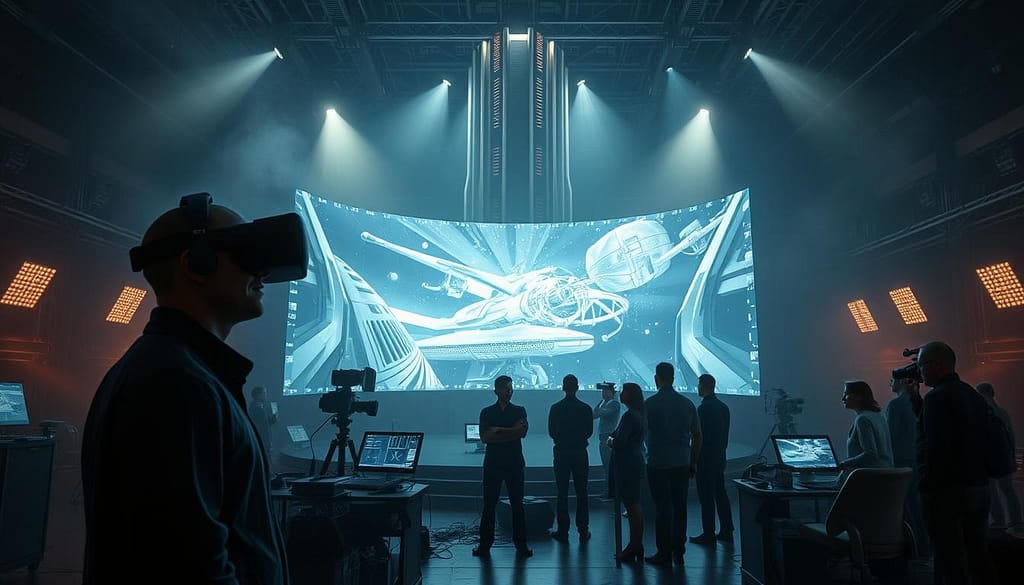
Beware the AI Takeover: Why Hollywood’s Future’s Scary!
Is AI taking over Hollywood? Beware the troubling trend – “When Machines Tell Our Stories: Why You Should Be Scared of AI in Hollywood”
Beware the AI Takeover: Why Hollywood’s Future’s Scary! Read More »

